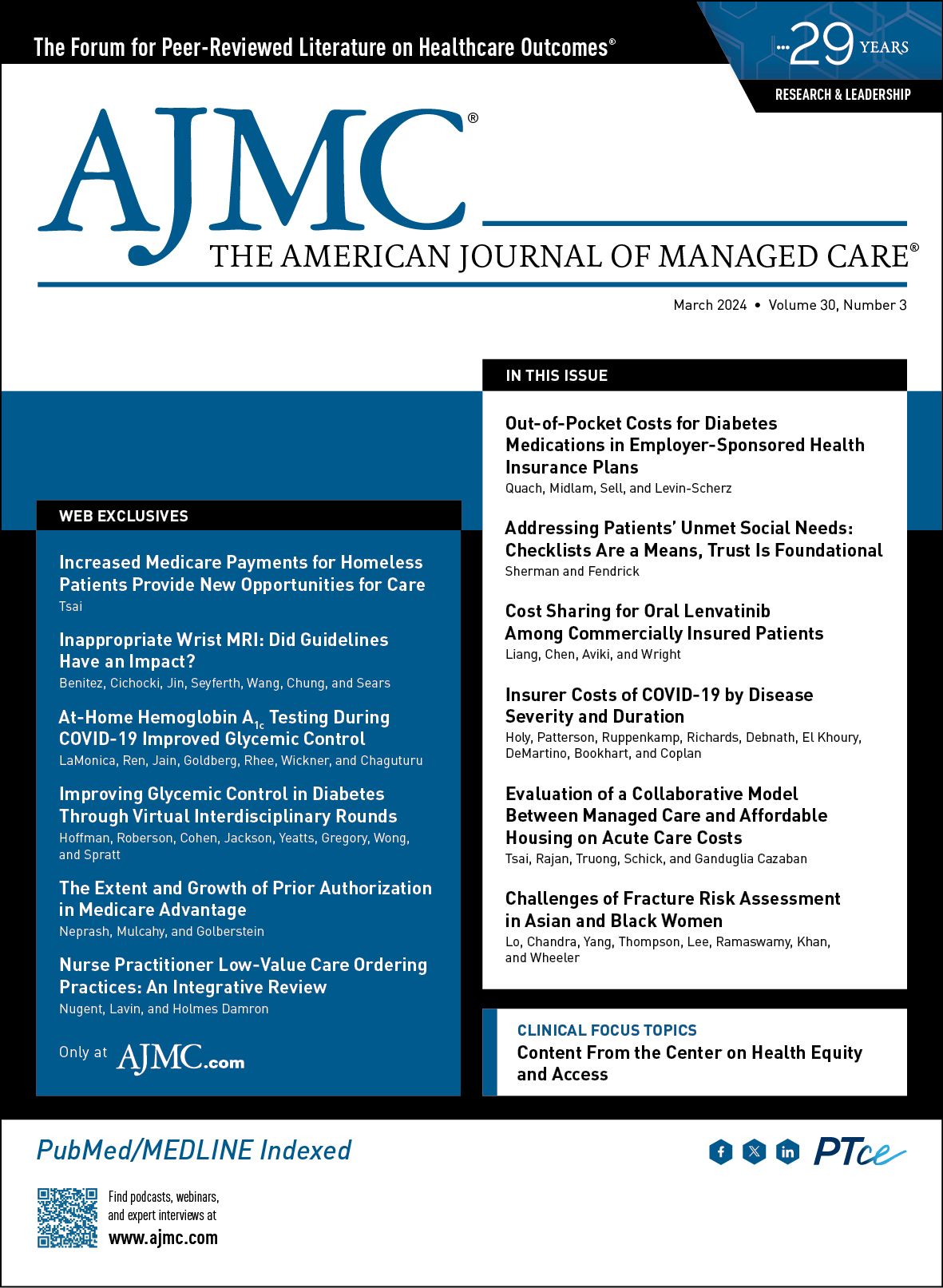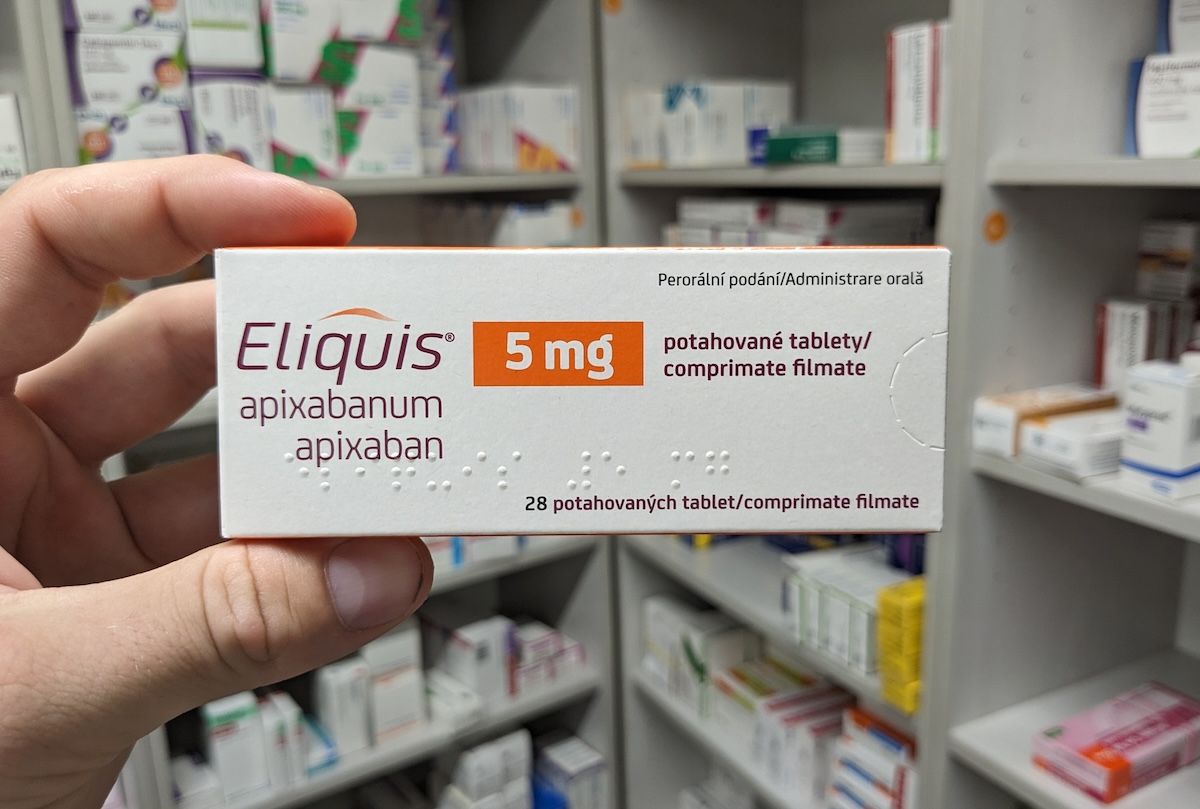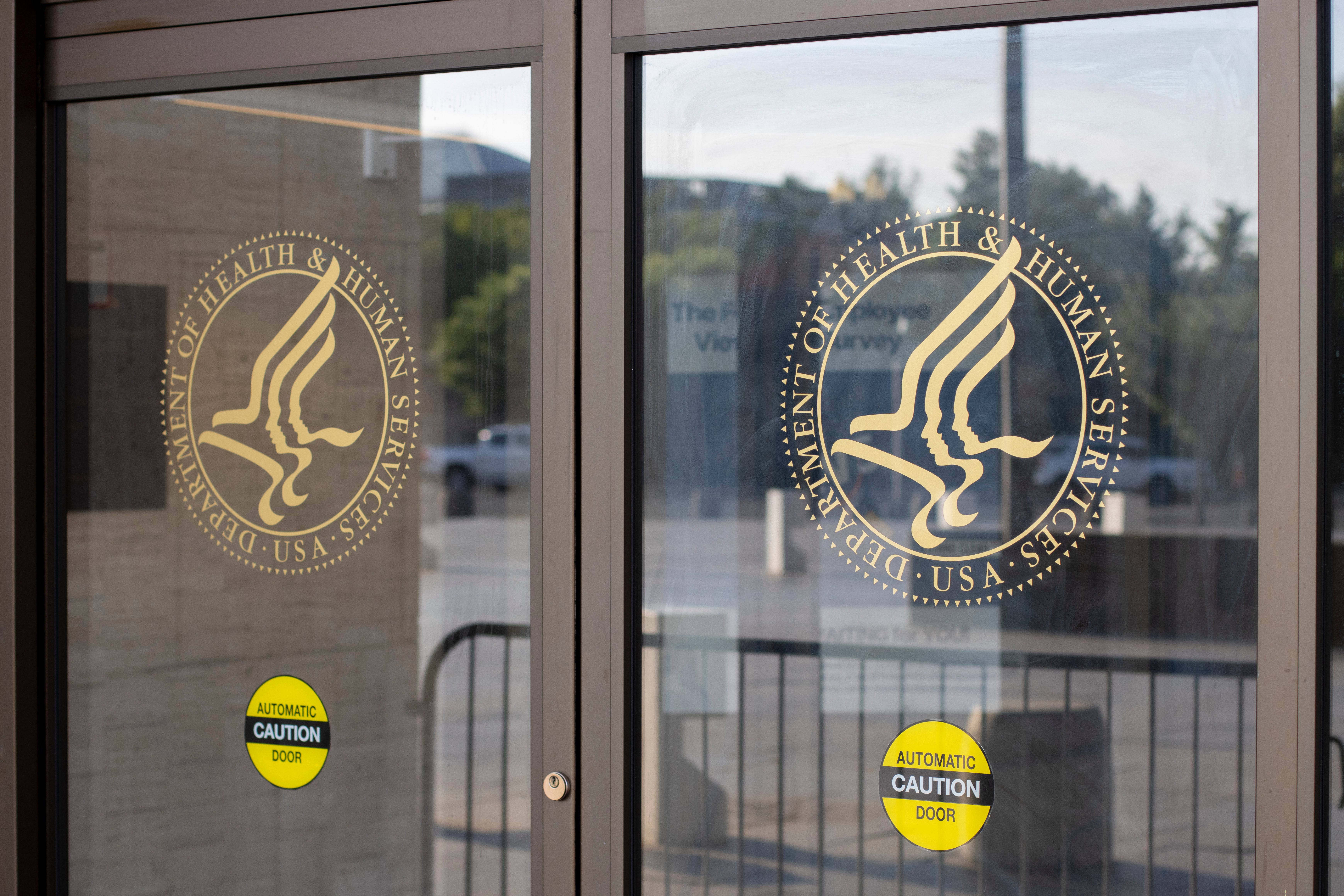Publication
Article
The American Journal of Managed Care
Increased Medicare Payments for Homeless Patients Provide New Opportunities for Care
Author(s):
A new federal rule will provide higher Medicare payments for homeless patients, which may encourage hospitals to identify these patients and help them with their needs.
ABSTRACT
A final rule has been issued that increases Medicare fee-for-service payment rates for individuals experiencing homelessness. This rule provides new, incentivized opportunities to better screen for and document homelessness among patients in acute inpatient settings. With greater identification of homeless patients, there may be increased needs to develop comprehensive discharge plans that involve coordination with housing providers and social service agencies to prevent the high repeated use of acute care found among many homeless patients.
Am J Manag Care. 2024;30(3):e63-e64. https://doi.org/10.37765/ajmc.2024.89516
Takeaway Points
A new federal rule will provide higher Medicare payments for homeless patients, which may encourage hospitals to identify these patients and help them with their needs.
- Hospitals can now receive higher Medicare fee-for-service payments for homeless patients.
- Hospitals may need a standardized process to identify and document homelessness among patients.
- Hospitals may benefit from providing comprehensive discharge planning for homeless patients.
CMS has issued the fiscal year 2024 Inpatient Prospective Payment System (IPPS) and Long-Term Care Hospital Prospective Payment System (LTCH PPS) final rule, which updates Medicare fee-for-service payment rates and policies for inpatient hospitals and long-term care hospitals.1 This final rule recognizes the higher hospital costs to treat individuals experiencing homelessness. Under this final rule, in acute inpatient hospital settings, CMS has changed indicators of homelessness from a “non–complication or comorbidity” to “complication or comorbidity,” thus increasing their reimbursement rate. These indicators of homelessness include International Classification of Diseases, Tenth Revision, Clinical Modification (ICD-10-CM) codes Z59.00 (homelessness unspecified), Z59.01 (sheltered homelessness), and Z59.02 (unsheltered homelessness). Services provided to patients with these codes will generally result in a higher payment to reflect the increased hospital resources needed to service homeless patients.
With this new rule, there is an incentivized opportunity to better screen for and document homelessness among patients. In many hospitals, the ICD-10-CM codes for homelessness are underutilized, which may be due to lack of standardized screening, inadequate documentation practices, and lack of data sharing across systems.2 As part of a rule made by CMS that took effect in fiscal year 2023,3 hospitals, health plans, and multipayer federal and state programs will be required in 2024 to implement measures to screen for social determinants of health. Implementation of systemwide screening does not necessarily lead to consistently documented diagnostic codes. In the US Department of Veterans Affairs (VA), which operates the country’s largest integrated health care system and has implemented universal screening for homelessness, the screening and documentation of homelessness have been variable, so multiple indicators (screening, service records of homeless program use, and diagnostic codes) are often used to identify homeless patients.4 It may be advisable for other hospitals to develop standardized methods of identification with a process for formal documentation of relevant ICD-10-CM codes. Also evidenced by the VA health care system, the availability of health care coverage and reimbursement for the care of homeless patients does not necessarily lead to reduced use of acute care services.5
The identification of homeless patients will help hospitals receive reimbursement for costs but may also introduce other needs and opportunities. With greater identification and documentation of homelessness, there may be increased needs to formulate discharge plans for homeless patients. Many homeless patients have complex medical, psychiatric, housing, and other social needs, which often result in repeated use of acute care services.6 Thus, it is important that discharge plans for homeless patients include plans for housing, health care, and other social determinants of health. Without proper intervention or aftercare, the costs of acute care utilization among homeless patients may not be offset by the new increased payments provided by the new CMS rule. To develop effective discharge plans, coordination with housing providers, health care providers, and social service agencies may be needed to implement lasting processes for homeless diversion and address the socioeconomic and health problems underlying the use of inpatient and emergency department services.
Author Affiliations: School of Public Health, The University of Texas Health Science Center at Houston, Houston, TX; Department of Psychiatry, Yale University School of Medicine, New Haven, CT.
Source of Funding: None.
Author Disclosures: The author reports no relationship or financial interest with any entity that would pose a conflict of interest with the subject matter of this article.
Authorship Information: Concept and design; drafting of the manuscript; and critical revision of the manuscript for important intellectual content.
Address Correspondence to: Jack Tsai, PhD, MSCP, The University of Texas Health Science Center at Houston, 1200 Pressler St, Houston, TX 77030. Email: Jack.Tsai@uth.tmc.edu.
REFERENCES
1. FY 2024 IPPS Final Rule home page. CMS. Updated January 11, 2024. Accessed September 5, 2023. https://www.cms.gov/medicare/payment/prospective-payment-systems/acute-inpatient-pps/fy-2024-ipps-final-rule-home-page
2. Bensken WP. How do we define homelessness in large health care data? identifying variation in composition and comorbidities. Health Serv Outcomes Res Methodol. 2021;21(1):145-166. doi:10.1007/s10742-020-00225-5
3. FY 2023 IPPS Final Rule home page. CMS. Updated September 6, 2023. Accessed September 5, 2023. https://www.cms.gov/medicare/payment/prospective-payment-systems/acute-inpatient-pps/fy-2023-ipps-final-rule-home-page
4. Tsai J, Szymkowiak D, Jutkowitz E. Developing an operational definition of housing instability and homelessness in Veterans Health Administration’s medical records. PLoS One. 2022;17(12):e0279973. doi:10.1371/journal.pone.0279973
5. Tsai J, Doran KM, Rosenheck RA. When health insurance is not a factor: national comparison of homeless and nonhomeless US veterans who use Veterans Affairs emergency departments. Am J Public Health. 2013;103(suppl 2):S225-S231. doi:10.2105/AJPH.2013.301307
6. Raven MC, Tieu L, Lee CT, Ponath C, Guzman D, Kushel M. Emergency department use in a cohort of older homeless adults: results from the HOPE HOME study. Acad Emerg Med. 2017;24(1):63-74. doi:10.1111/acem.13070

Newsletter
Stay ahead of policy, cost, and value—subscribe to AJMC for expert insights at the intersection of clinical care and health economics.





